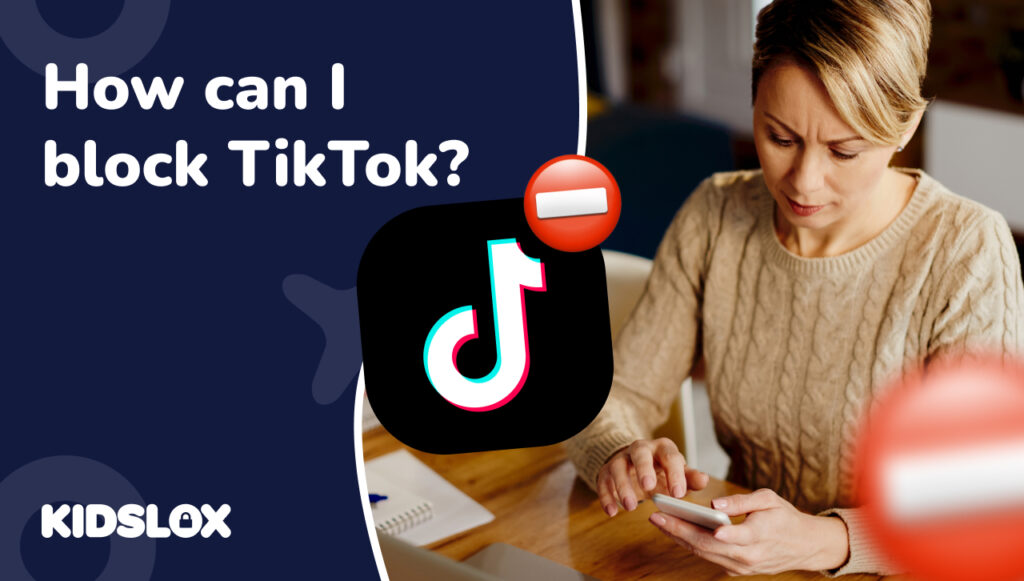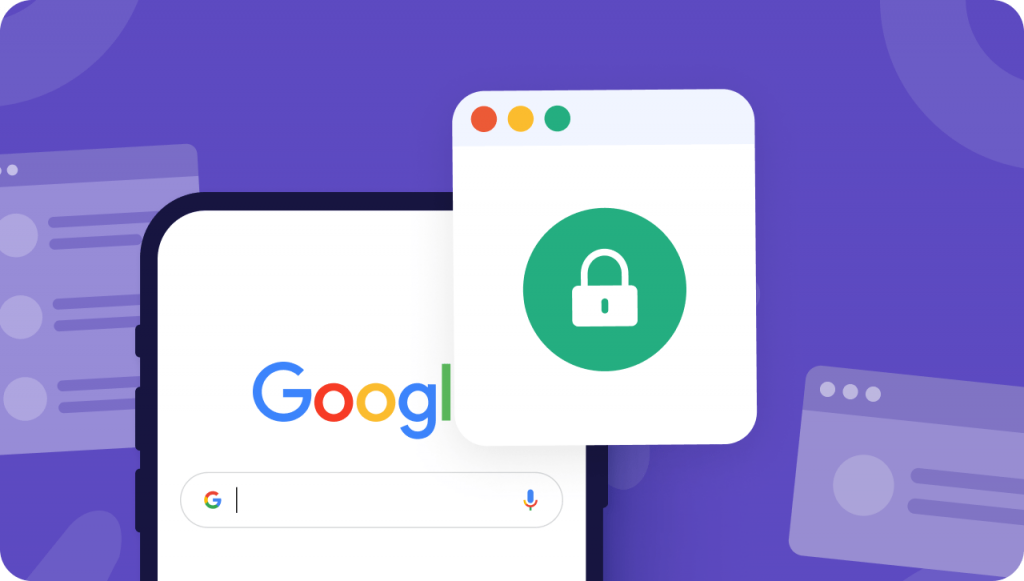A Parent’s Guide to Protecting Your Child on the App
TikTok is one of the most popular social platforms among children and teens — and while it’s full of creative, entertaining content, it also comes with its own set of risks. From exposure to harmful trends to cyberbullying and predatory influencers, the platform can pose real challenges for parents trying to keep their kids safe online.
Whether you’re looking to block someone on TikTok, wondering if someone has blocked your child, or considering blocking TikTok entirely from a device — it’s important to understand how each of these options work. In this guide, we’ll walk you through all three, along with how Kidslox can help you take control.
What Is a TikTok Block — and Why Might You Need It?
A TikTok block is a simple but powerful action that allows users to prevent someone from interacting with them on the app. If your child blocks someone, that person won’t be able to view their videos, comment, or send them messages.
Blocking is useful in many scenarios, especially if your child:
- Is being bullied or harassed
- Feels uncomfortable with someone’s comments or behaviour
- Wants to avoid inappropriate or negative content
- Is being followed by strangers or influencers they don’t trust
TikTok is a public platform by default, which means anyone can view videos unless your child’s account is set to private. While privacy settings are a good first step, knowing how to block someone on TikTok is essential.
How to Block Someone on TikTok (Even If You Don’t Follow Them)
Sometimes your child may need to block someone they don’t follow — like a stranger who keeps commenting or an influencer who makes them uncomfortable. Here’s how:
- Open the TikTok app.
- Tap the search icon and type in the username of the person to block.
- Go to their profile.
- Tap the three dots (•••) in the top right corner.
- Select ‘Block’, then confirm.
That’s it — the user is now blocked. They won’t be able to interact with your child in any way, and your child won’t see their content either.
How to Tell if Someone Has Blocked Your Child
If your child suspects they’ve been blocked, there are a few signs to look for:
- They can no longer find the user in search results
- The person’s profile appears blank or inaccessible
- Any past comments or messages from that person disappear
- Videos from that user no longer show up on their feed
It’s worth discussing these signs with your child, especially if they feel upset or confused about being blocked. Help them understand that blocking is often a digital boundary — not a personal attack — and encourage open conversations about online relationships.
How to Access the TikTok Block List
If your child has blocked users in the past and you’d like to check or manage that list:
- Open the TikTok app.
- Tap the Profile icon in the bottom right.
- Tap the three-line menu in the top right.
- Go to ‘Settings and privacy’ > ‘Privacy’.
- Scroll to ‘Blocked accounts’.
This list shows every account your child has blocked. From here, you can unblock someone or simply monitor who’s been restricted.
How to Block TikTok Completely from Your Child’s Device
In some cases, blocking individual users may not be enough. If your child is spending too much time on TikTok, engaging with distressing content, or feeling overwhelmed by the pressure to post, you may want to block the app entirely.
Blocking TikTok on Android
You can use built-in parental controls to block access:
- Open the Google Play Store on your child’s device.
- Tap the profile icon > Settings > Family > Parental Controls.
- Turn controls on and set a PIN.
- Under Apps & Games, choose an age rating that excludes TikTok.
- Blocking TikTok on iPhone
iOS has its own restrictions via Screen Time:
- Go to Settings > Screen Time.
- Tap App Limits > Add Limit.
- Choose Social Networking > select TikTok.
- Set a daily limit, or block it completely using a 1-minute limit and enabling Block at End of Limit.
You can also go to Content & Privacy Restrictions > Allowed Apps and disable TikTok entirely.
Take It Further with Kidslox
For a more flexible and comprehensive solution, Kidslox offers parents full control over TikTok usage:
- Block TikTok completely across Android and iOS devices
- Set time limits or restrict use to certain hours
- Create different rules for weekdays, weekends, or holidays
- See a summary of your child’s viewed videos, with the option to click through and review any concerning content
Whether you want to remove TikTok from the device entirely or just put healthy boundaries in place, Kidslox lets you manage it all from one app — giving you peace of mind while encouraging balanced digital habits.
Why Blocking Matters for Digital Wellbeing
Blocking someone on TikTok isn’t just about cutting someone off — it’s a form of self-protection. For children and teens, having control over who can see, comment on, or message them is essential to feeling safe online.
Signs your child might need to use the block function:
- They seem upset or anxious after using the app
- They mention negative or aggressive comments
- They’re engaging with harmful, extreme, or age-inappropriate content
- They feel pressured to post, compare themselves to others, or constantly check the app
Remind your child that blocking isn’t rude — it’s a healthy boundary. It’s okay to curate their online space and remove people or content that makes them feel uncomfortable.
What Else Can You Do?
Blocking is one step in a bigger digital parenting toolkit. Here are additional actions you can take:
- Set privacy settings to ‘Private’: This limits who can view and comment on your child’s videos.
- Use TikTok Family Pairing: Link your account with your child’s to manage screen time, messaging, and content exposure.
- Have regular check-ins: Ask open-ended questions like “Seen anything odd or upsetting on TikTok lately?”
- Encourage mindful scrolling: Help your child notice how they feel after using the app, and unfollow content that makes them feel worse.
Whether your goal is to block specific users, manage who’s blocked your child, or block TikTok entirely, the tools are there — and you’re not alone in using them. Every family is different, and how you choose to manage TikTok use should reflect your child’s needs, maturity, and wellbeing.
Above all, keep the conversation open. Your child’s digital world is a big part of their daily life, and your support — online and offline — makes all the difference.





